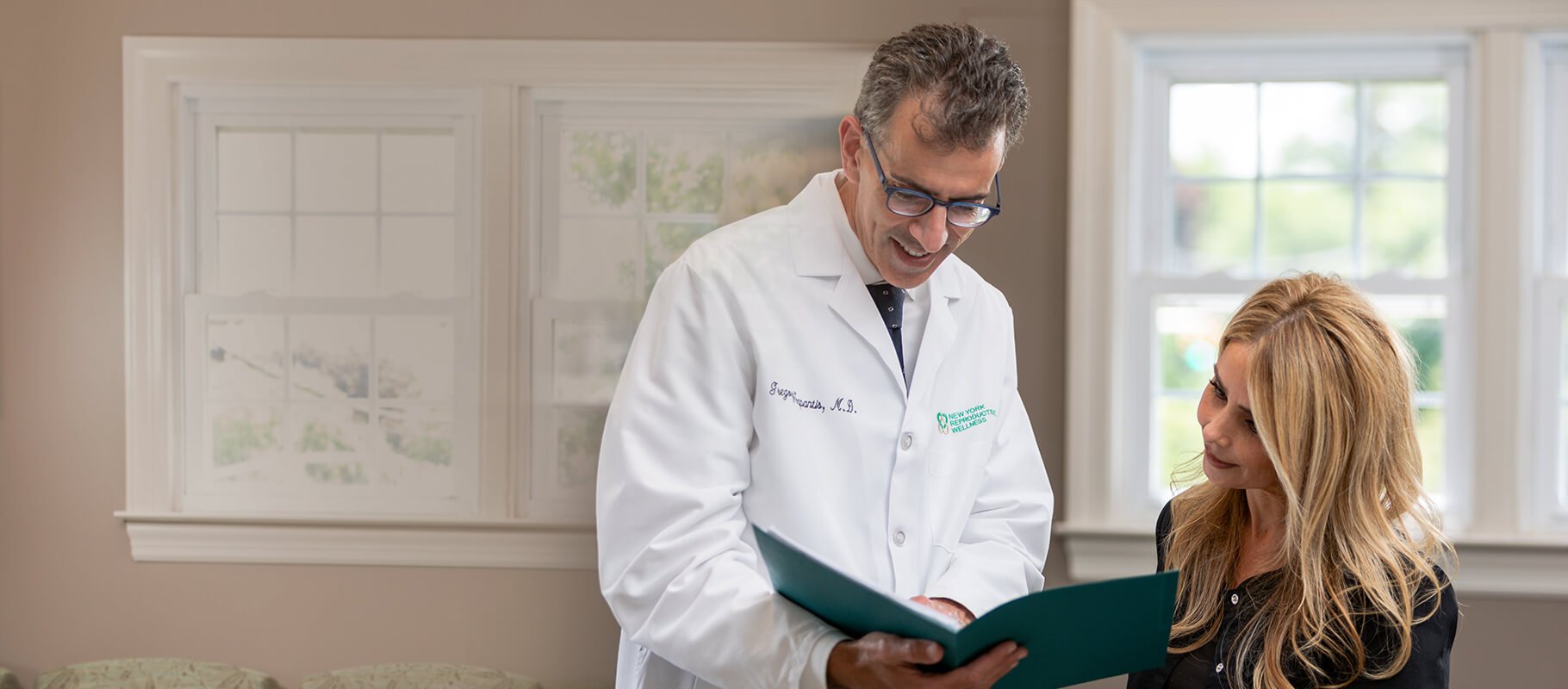Less Can Be More: What is Mini-IVF?

Do you believe that less can be more? Then mini-stimulation In Vitro Fertilization (IVF), or mini-stim IVF, could be for you. Especially because you don’t have to go to a mini-stim clinic to receive mini-stim IVF – yes, New York Reproductive Wellness and Dr. Zapantis offer mini-stim IVF.
But let’s start with the basics – to understand mini-stim IVF, we need understand traditional IVF. Got your fertility hat on? OK, let’s get going. Traditional IVF involves joining sperm and egg outside the body in order to make an embryo. Once that embryo has grown into a blastocyst, it can be biopsied for abnormalities using Preimplantation Genetic Diagnosis (PGD), and then transferred back into the mother in hopes of achieving pregnancy.
None of these fundamental steps change in a mini-stim IVF cycle. The main difference in mini-stim IVF is in how the woman’s eggs are grown – and how many are grown – prior to the egg retrieval procedure.
In mini-stim IVF, a woman will produce fewer mature eggs than in a traditional IVF cycle because she will be using less ovary-stimulating medication. Whereas women take injectable medication to grow their eggs during a traditional IVF cycle, in mini-stim, patients rely mostly on oral medication, like Clomid, and only use injectables several times during their cycles. The result is fewer eggs to harvest during egg retrieval, but not necessarily fewer quality eggs. While success rates for mini-stim IVF are lower than traditional IVF, some women prefer a little bit of a gentler treatment, with fewer needles and less of a hormonal impact.
So who makes a good candidate for mini-stim IVF? The truth is, any patient struggling with infertility makes a good candidate for mini-stim, because it’s so similar to traditional IVF, just a little softer. That said, there are two groups of women who might actually benefit from mini-stim IVF more than traditional IVF – women with Diminished Ovarian Reserve (DOR), and women with Polycystic Ovarian Syndrome (PCOS).
The mini treatment option is a natural fit for women with DOR, who don’t have many eggs, as their bodies won’t be overly taxed to try and grow eggs that won’t mature. And for women with PCOS, who have a lot of eggs and tend to over-respond to medication during a traditional IVF cycle, mini-stim offers a more controlled way to grow eggs.
The other great thing about mini-IVF is that it can be done in a traditional fertility clinic, like NYRW. Since it utilizes all the same tools as traditional IVF – except the type and amount of medication given – you don’t need a mini-IVF specialist to guide you through this treatment.







